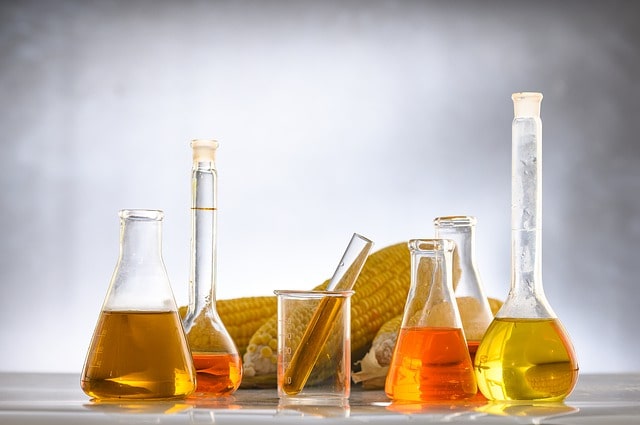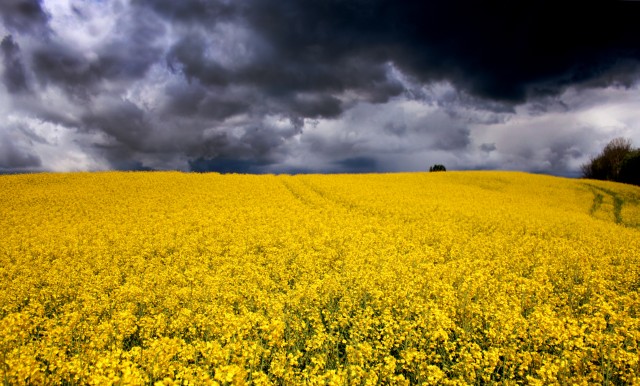Biofuels
Burning fossil fuels for energy can considerably damage our climate. To mitigate these effects, it is necessary to find new ways to obtain energy. Today, biofuel is the best solution to this problem. Biofuels production has been steadily growing. It increased from more than 180 thousand barrels per day in 2000 to 1.8 million barrels per day in 2020 on the global level.
Biofuels can be solid, liquid, and biogases. Biodiesel and bioethanol are the most predominant forms of biofuels in use today. Currently, each gallon of corn ethanol offers up to 67 percent more energy than it takes to make it. It is prevalent in the USA and Brazil. These two countries generate roughly 84 % of the world's ethanol. Biodiesel, in turn, may be used in any diesel engine. It is also utilized as an additive (usually 20 %) to decrease automobile emissions.

However, fuels from algae are also a promising direction. Though it is still a work in progress, scientists discovered that algae might provide 10 to 100 times more fuel per acre than other crops.
The USA is at the foremost position in biofuel production. Today, biofuel usage in the United States exceeded one million barrels per day. Together with the USA, France, China, Brazil, and Indonesia round out the five countries that are leading the world's biofuel utilization.
Although biofuels have numerous benefits, these sources of energy also possess some drawbacks that should be considered.
Advantages
Ability to renew
Since biofuels are made from plant matter, they are renewable. The crops, from which biofuels are produced, can be replanted numerous times.
CO2 emissions reduction
According to different research, biofuels can cut greenhouse gas emissions by more than 60 %. They are cleaner than gasoline and entirely biodegradable. In addition, bioethanol and biodiesel contain lower concentrations of chemicals.
Economic security
Biofuels can be produced locally, creating jobs in the same region they will be consumed, thereby reducing transport costs. The production of its own biofuel reduces the country's dependence on oil supplies from other states.

Drawbacks
Large quantities of raw materials
Large volumes of raw materials must be processed to produce biofuels. As a result, there may be a scarcity of certain raw resources in other industries. Furthermore, processing huge volumes of materials can put a lot of strain on machinery, which will lead to significant repair expenses.
Brazil's ethanol fuel production, for example, consumed roughly 413 million tons of sugarcane in 2019. Although the country's use of this feedstock for ethanol fuel production declined by about 21 % in 2020, to 326.6 million tons, the amount of raw material required for ethanol production remains enormous.

Threat to forests
Biofuel production requires huge areas for growing raw materials. According to the Rainforest Foundation Norway's research, the demand for biofuels in the nearest years will boost palm oil output by 61 million tonnes and soy oil production by 41 million tonnes. To satisfy this need, over 7 million hectares of tropical forests will be cleared. Therefore, this tendency must stop, before causing irreparable environmental damage.
The biofuel industry is still in its infancy and requires a lot of studies and development to become more widely accepted. People, in general, remain doubtful of biofuel technology.
Biofuels have a chance to occupy only a part of the power market. For example, the EU has rules prohibiting the use of more than 7 % of food crops as resources for biofuels. Furthermore, many automobiles are still unsuitable for biofuel use. As a result, expanding biofuels may be quite challenging, particularly at a time when electric cars are seen as the dominant technology for future transportation.
